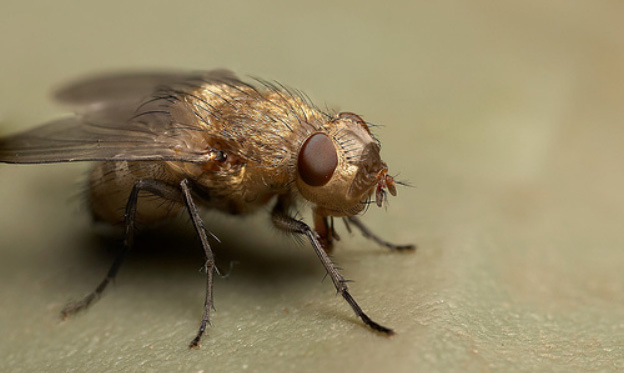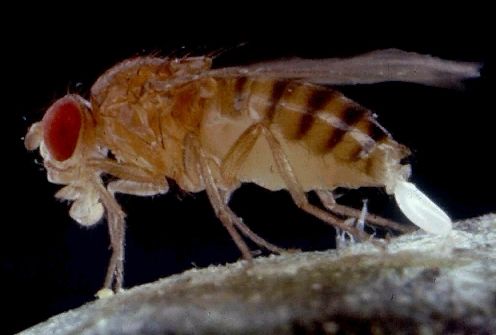ORDER: Diptera
FAMILY: Psychoda
Drain Flies
These small hairy flies can invade buildings in swarms. Their small size allows them to gain access into various types of premises, the main type being sewage treatment plants. These flies in swarms will actually be a welcome sight around sewage works and filter beds as they assist in the breaking down of the sludge waste matter into tiny faecal pellets.
Size, Shape and Colour: These flies are little more than 2mm, they are easily recognised by their hairy wings and numerous veins. Some species have patterned wings, however the wings are usually held roofwise over the body at rest, some rest with their wings partly spread. The colour of these flies in adult form is grey.
Biology of Drain Flies
The eggs will be laid in preferred environment being wet and rotting, such as drains and slow moving gullies where there may have been a back up of slurry. Approximately 200 eggs willbe laid in batches. The larvae will actually live and feed within the decaying matter right up until pupation. The eggs will hatch within 7 days but take as little as 1 day if the conditions are suitable. It will take anything from 10-50 days for the larvae to develop to adulthood. The larvae will reach a size of 9mm prior to the adulthood development. These small flies, during the right conditions and environment can provide up to 8 bred generations a year.
Preferred Foods: Ideal food sources for these small flies is fungal and bacterial matter, algae, decaying and wet matter in drains and gullies.
The Habitat of the Drain Fly
Sewage works, filter beds, drains, gullies, sometimes around toilets and sanitary bins. During the summer months they become a nuisance when alighting on builds which are of close proximity to sewage works or filter beds.

















